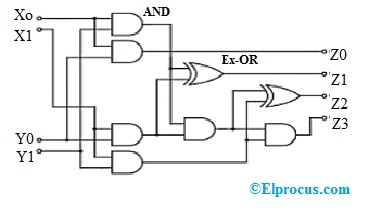So the first part is correct we have to make sure the padding bit is 0, it requires good knowledge of what you are doing or tools, like our shortint API which will make sure that padding bit stays at 0 (unless you use unchecked ops but that should only happen if you know what you are doing).
For the negative numbers I encourage you to look at 2’s complement encoding of integers : Two's complement - Wikipedia
As for the last question you can manage the modulus as long as the function is negacyclic, meaning you cannot use any function, only negacyclic ones, it may not be suitable for certain use case, because as you don’t know the content of the padding bit you can never rely on the fact it’s 0 and so need to always have negacyclic function that can work with that padding bit being 1 or 0 without being known in advance
